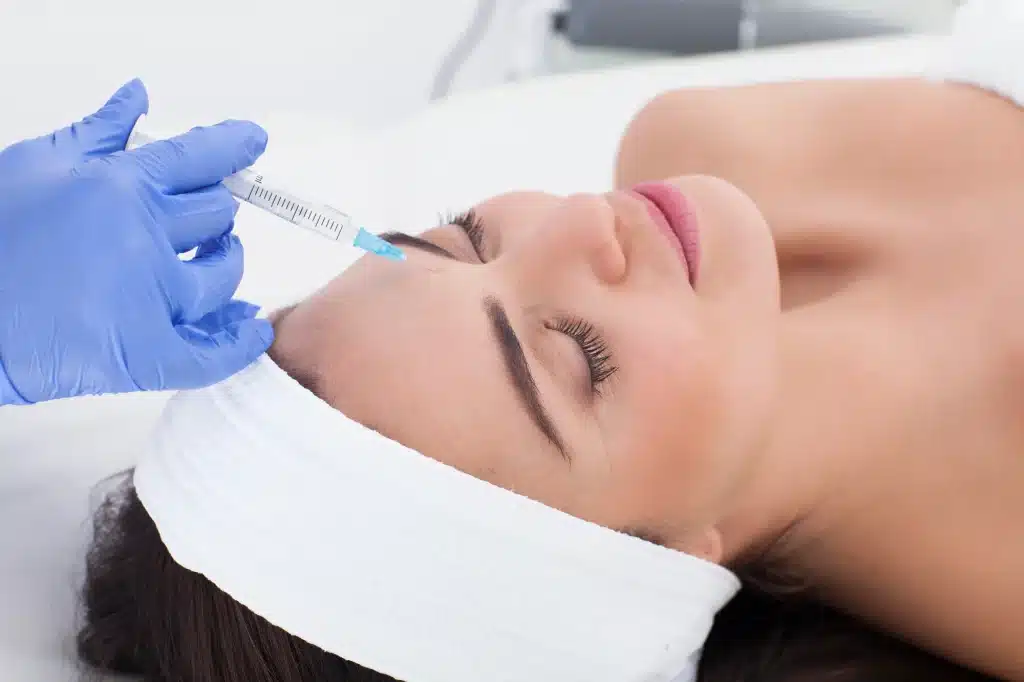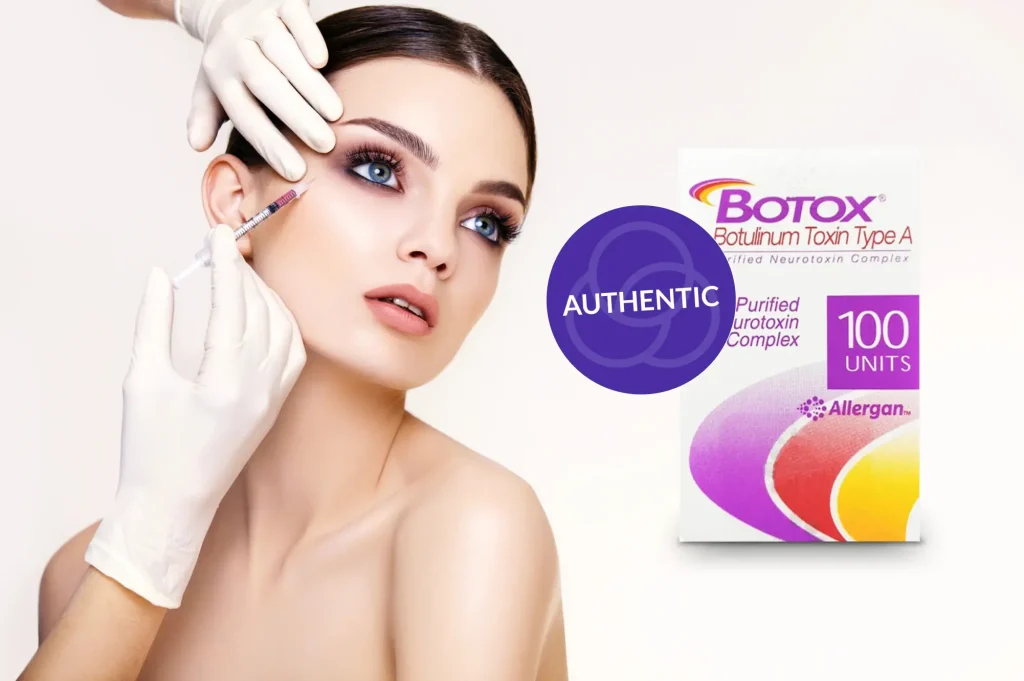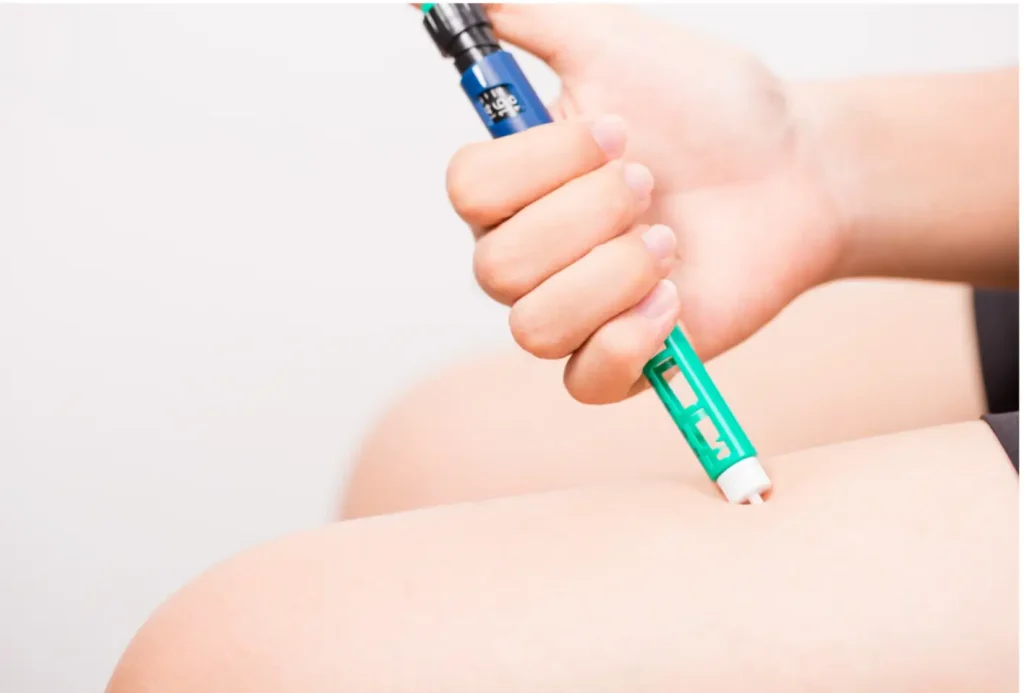In 2023, botulinum toxin injections were at the top of the charts as the most popular non-surgical cosmetic procedure worldwide, with 8.8 million treatments administered by plastic surgeons globally. This reflects the continued surge in demand for minimally invasive aesthetic treatments, driven by their ability to address a wide range of concerns, from dynamic wrinkles to hyperhidrosis, and even therapeutic conditions like bruxism and muscle spasticity.
As this market continues to grow, South Korean brands like Liztox and Botulax have emerged as strong alternatives to well-established products. While both are botulinum toxin type A formulations, there are subtle differences between them in terms of purity, diffusion, and onset that make them unique. These variations are key when tailoring treatments to meet patient-specific goals and anatomical considerations, making it essential for clinicians to closely evaluate each product’s safety profile.
In this article, we’ll dive into the differences between Liztox and Botulax, examining their safety profiles, adverse event trends, and clinical performance.
Key Takeaways
- Liztox and Botulax are both botulinum toxin type A products from South Korea, offering effective options for aesthetic treatments and certain therapeutic conditions like post-stroke spasticity.
- Huons Biopharma produces Liztox and boasts a purity of 99.8%.
- Botulax, manufactured by Hugel Inc., has a purity of 98%.
- Potency is measured in mouse units (U), and unit conversion between Liztox and Botulax should be done cautiously. Liztox has moderate diffusion, making it suitable for targeted areas, while Botulax shows slightly broader diffusion, ideal for larger muscle groups.
- The duration of effect for Liztox typically lasts 3–4 months, while Botulax ranges from 3–6 months, though most patients experience about 4 months. Longevity is influenced by treatment area, dosage, and patient metabolism.
- Both products have similar safety profiles, with most side effects being temporary and mild, such as redness, swelling, or temporary muscle weakness. Serious adverse events are rare when administered by trained professionals.
- Product choice often depends on clinician familiarity, patient response, and availability. Both Liztox and Botulax provide reliable wrinkle reduction and muscle relaxation when used appropriately.
About: Medical Spa RX provides medical practices with premium products at the best prices. If you’re looking to buy Liztox online for your practice, the sales representatives at Medical Spa RX can give you guidance.
Manufacturers, Formulations, and Purity Profiles
Liztox and Botulax are both botulinum toxin type A injectables widely used in aesthetic treatments and certain therapeutic applications. Despite both being South Korean products, they come from different manufacturers: Liztox is produced by Huons Biopharma, a spin-off from Huons Global, which has a reputation for maintaining stringent quality control and advanced biopharmaceutical manufacturing standards.

Botulax, on the other hand, is made by Hugel Inc., a well-established name in Korea’s medical aesthetics industry, known for its strong international presence.
Both products are provided as vacuum-dried powders that require reconstitution with sterile saline before injection. Their core ingredients include:
- Botulinum toxin type A (purified neurotoxin complex)
- Human serum albumin (used as a stabilizer)
- Sodium chloride (to maintain isotonicity)
In terms of purity, both Liztox and Botulax are formulated to maintain high-quality neurotoxin content with minimal accessory proteins. Specifically, Liztox boasts a purity of about 99.8%, while Botulax has a slightly lower purity of 98%. These minimal protein loads contribute to low immunogenicity, ensuring that both products offer a safer experience for patients.
However, subtle differences in the manufacturing process, excipient ratios, and batch-to-batch consistency could influence the onset, diffusion, and duration of effects. These factors, along with clinician preference, often play a role in determining which product is best suited for specific treatments. Many practitioners consider Liztox reviews when evaluating product reliability, as user experiences help inform decisions about which brand might best meet their patients’ needs.
Potency, Unit Conversion, and Diffusion Characteristics
The potency of both Liztox and Botulax is measured in mouse units (U), which are specific to each manufacturer’s assay method. This means that unit counts are not always interchangeable between brands. While many clinicians use both products within equivalent dosing ranges, adjustments should always be made cautiously and based on patient response.
Key points on potency and diffusion are:
- Liztox: Known for its consistent potency and moderate diffusion, Liztox is ideal for targeted wrinkle correction. Its more controlled spread makes it especially effective for smaller, more precise treatment areas.
- Botulax: Some studies suggest Botulax has a slightly broader diffusion, which can be beneficial for larger treatment areas but requires careful placement to avoid affecting unintended muscle groups. However, diffusion patterns can vary based on factors like dose, dilution, and injection technique as much as the formulation itself.
Unit conversion is another crucial factor to consider. It’s important to always follow manufacturer guidelines and use clinical judgment to avoid under- or overdosing, as incorrect dosing can lead to unsatisfactory results or increased risk of side effects.
Diffusion patterns play a significant role in treatment precision: minimal spread is ideal for fine lines, while a broader diffusion can be advantageous for larger muscle groups. These factors influence product selection based on treatment goals.
Duration of Effect and Retreatment Intervals
The duration of results from both Liztox and Botulax depends on multiple factors, including treatment area, dosage, and patient metabolism. Liztox reviews typically suggest that the treatment lasts around 3–4 months, although some patients may experience slightly shorter or longer results, depending on their lifestyle and muscle activity.

In contrast, Botulax is reported to last anywhere from 3–6 months, with most patients experiencing 4-month results on average. While a 6-month duration has been reported in some cases, it’s not typical, and most controlled studies suggest the effect lasts closer to 3–4 months.
Several factors can influence how long the results last:
- Treatment Area: Larger or stronger muscles often metabolize the neurotoxin faster, leading to a shorter-lasting effect.
- Metabolic Rate: Patients with higher metabolic activity may process the toxin more quickly, reducing the effective duration of action.
- Dosage Administered: Adequate dosing can extend the longevity of the treatment, while underdosing may reduce its effectiveness.
Clinicians typically adjust retreatment intervals based on patient-specific goals, budget, and individual responsiveness to ensure optimal results with minimal risk.
Safety Profiles and Adverse Event Trends
Both Liztox and Botulax share similar safety profiles to other botulinum toxin products, with most side effects being mild and temporary when administered correctly. Common side effects include:
- Redness or Swelling at the injection site: Usually mild, subsiding within a few hours to days post-treatment.
- Minor Bruising: Small, localized bruises may appear but typically fade within a week.
- Temporary Muscle Weakness near the treated area: May affect nearby movement but generally resolves quickly without complications.
- Mild Headache: Occasionally reported within the first 24 hours, generally self-limiting and relieved with over-the-counter pain medications.
Serious adverse events are rare when both products are used as indicated. However, eyelid drooping, facial asymmetry, or allergic reactions can occur, typically related to injection technique rather than the toxin itself. In clinical studies, adverse event rates for Liztox and Botulax are comparable to onabotulinumtoxinA in head-to-head trials, with most side effects being mild and transient.
Following correct dosing protocols, maintaining sterile technique, and conducting thorough patient consultations significantly reduces potential risks. Product choice often depends on injector familiarity, patient treatment history, and individual response.
Conclusion
When comparing Liztox vs Botulax, both products are highly effective, high-quality botulinum toxin type A options used widely in aesthetic medicine. Their differences are subtle, mainly revolving around manufacturer origin, diffusion characteristics, and the duration of effect for certain patients. Both offer similar purity profiles, safety standards, and clinical applications, with minimal risk when administered by trained professionals.
For patients, the choice often depends on the practitioner’s experience, product availability, and individual response to the treatment. For practitioners, familiarity with reconstitution, injection techniques, and dosing adjustments plays a major role in achieving the best outcomes.
Ultimately, both Liztox and Botulax are reliable choices for wrinkle reduction and muscle relaxation. A thorough consultation with a qualified provider ensures that the product chosen aligns with specific treatment goals, medical history, and patient expectations.
FAQs
1. What is Liztox used for?
Liztox is a botulinum toxin type A product used to temporarily reduce facial wrinkles and treat certain muscle-related conditions, such as post-stroke spasticity.
2. How long do Liztox results last?
Results typically last 3–4 months, but duration may vary depending on dosage, treatment area, and patient metabolism.
3. Is Liztox safe?
Yes, Liztox is considered safe when administered by trained professionals following proper dosage and injection protocols.
4. Are Liztox results immediate?
No, results develop gradually, with visible improvement typically starting within 3–7 days, and full effects seen in about 2 weeks.
5. Can Liztox be used on all facial areas?
Liztox can be used on multiple areas, but suitability depends on muscle structure, skin condition, and practitioner assessment.
6. Does Liztox have side effects?
Possible side effects include mild swelling, redness, bruising, or temporary muscle weakness near the treated area.
7. How is Liztox different from Botulax?
Differences include purity percentages, molecular weight, albumin grade, diffusion patterns, and duration. However, both are effective and safe options.
References
Global Survey 2023: full report and press releases. ISAPS. https://www.isaps.org/discover/about-isaps/global-statistics/global-survey-2023-full-report-and-press-releases/
Sundaram H, Signorini M, Liew S, et al. Global Aesthetics Consensus. Plastic & Reconstructive Surgery. 2016;137(3):518e-529e. doi:10.1097/01.prs.0000475758.63709.23
Dover JS, Monheit G, Greener M, Pickett A. Botulinum toxin in aesthetic Medicine: myths and realities. Dermatologic Surgery. 2017;44(2):249-260. doi:10.1097/dss.0000000000001277





















